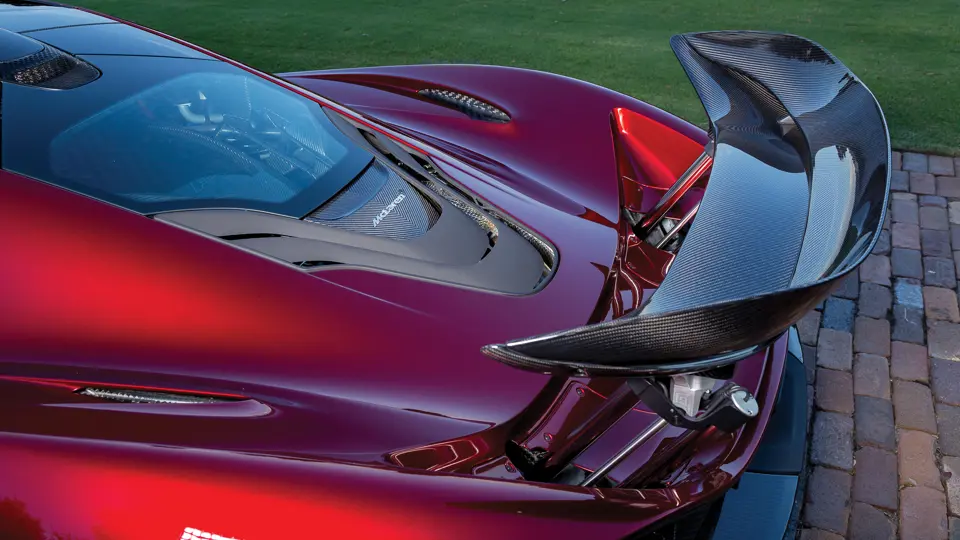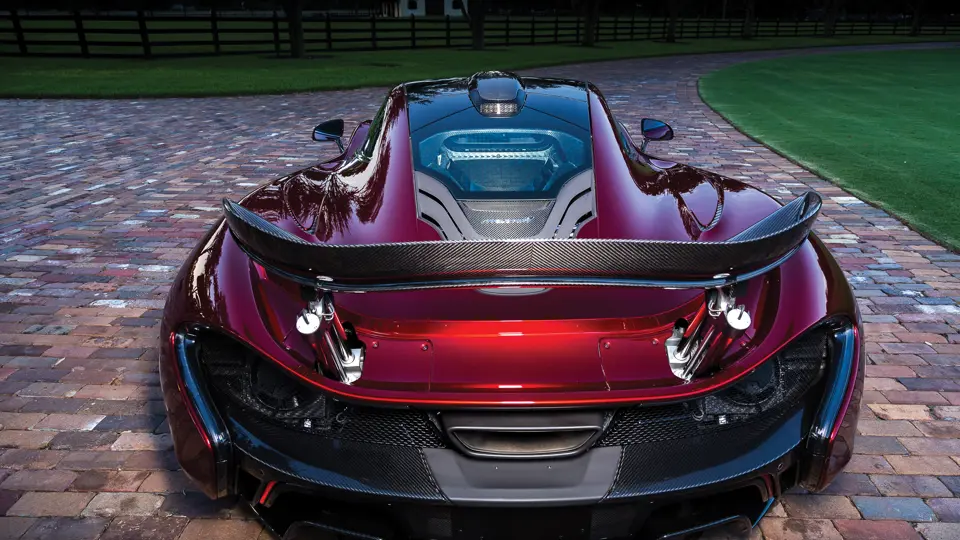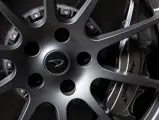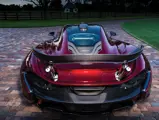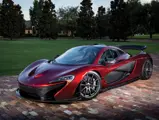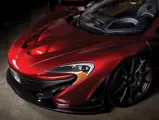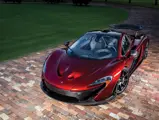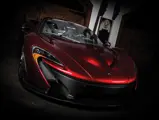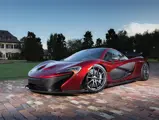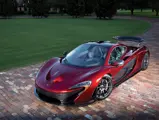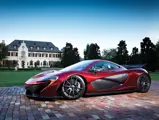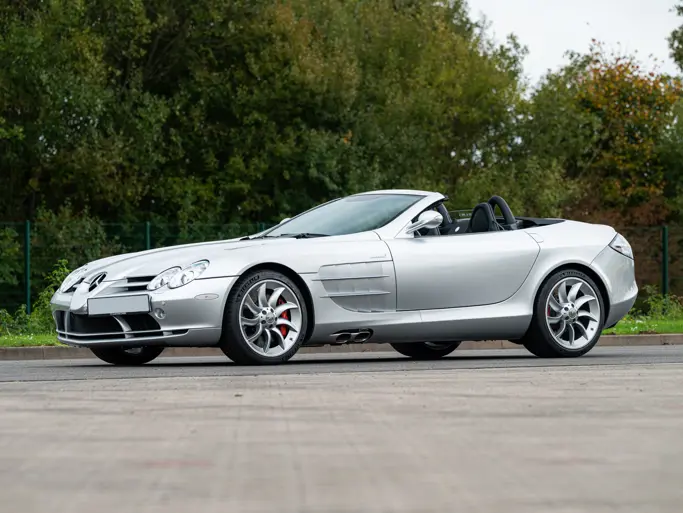
2015 McLaren P1
{{lr.item.text}}
$1,980,000 USD | Sold
{{bidding.lot.reserveStatusFormatted}}
- First and only owner; less than 250 miles from new
- Finished in desirable Volcano Red, a $10,850 option
- One of only 375 examples built; rarer than both the LaFerrari and Porsche 918
- The long-awaited successor to the legendary McLaren F1
903 total bhp (727 bhp and 176 bhp), 3,799 cc DOHC 90-degree V-8 engine with twin turbochargers, electric motor with internal rotor cooling, seven-speed dual clutch Seamless Shift Gearbox (SSG), four-wheel double-wishbone independent hydro-pneumatic proactive adjustable suspension, and four-wheel Akebono carbon ceramic brakes. Wheelbase: 105.11 in.
By 2013, almost 10 years after the last Ferrari Enzo, Porsche Carrera GT, and Mercedes-Benz SLR McLaren had left their respective factories, it was clear to most enthusiasts that a new supercar war was brewing. Test mules were spotted out and about for the new crop of the world’s hypercars, and from what one could see and hear when spotting these heavily camouflaged beasts sprinting around test tracks, or in extreme locales for hot or cold weather testing, the hypercar had come a long way in the last 10 years.
“Hybrid” was the word on everyone’s mind, and supercar marques would be developing their own hybrid technology to serve as testbeds for similar systems appearing in future production cars. These hybrid systems not only served to offset carbon emissions due to tightening regulations but also used the technology to increase performance to a level that was never thought possible.
Having just returned to road-car production with the spectacular MP4-12C, McLaren was poised to produce a “new F1,” a car that would proudly reaffirm the McLaren’s place atop the supercar world. This new car would go head-to-head with the likes of Ferrari and Porsche and show that McLaren was at the forefront of automotive performance, design, and technology.
THE P1
Built around a carbon monocoque chassis weighing just 90 kilograms and carbon-fiber body panels, McLaren followed a relentless pursuit to make the P1 as light as possible. The wheels, 19 inches up front and 20 inches at the rear, weigh just 7.94 kilograms and 9.27 kilograms, respectively, and are made of a high-strength aluminum alloy, offering incredible strength at minimal weight. McLaren reengineered the car’s windscreen glass to be only 3.2 millimeters thick, reinforcing it with a plastic interlayer and saving 3.5 kilograms over the windshield in the MP12-4C. The interior carpet was deemed a luxury too costly in terms of weight and was deleted entirely. McLaren even chose to leave the carbon fiber in the cockpit non-lacquered, saving a further 1.5 kilograms. The P1 weighs in at a total dry weight of just 1,395 kilograms.
Boasting adjustable front and rear wings, the latter a Formula One-style Drag Reduction system, aerodynamics followed a similar pursuit of perfection. The P1 develops as much as 600 kilograms of downforce at 160 mph. The unique carbon-fiber disc brakes, developed in conjunction with Akebono, are infused with silicon-carbide, helping to dissipate heat and absorbing 50 percent more energy than those on the MP4-12C. Adding to the effectiveness of the brakes, the McLaren P1 utilizes Brake Steer, a technology originally developed by McLaren for the 1997 F1 season before it was later banned. This system applies the brakes to the car’s inside rear wheel when cornering too quickly, which brings the P1’s nose closer to the apex.
While the combustion engine appears nearly identical to that seen in the earlier MP4-12C, there is in fact nothing further from the truth. The block is a completely different unit from entirely new casting and boasts dry-sump lubrication with a low-sited flat plane crankshaft. The mid-mounted 3.8-liter twin-turbo V-8 itself produces 727 brake horsepower at 7,300 rpm and 720 Nm of torque at 4,000 rpm.
As in most other hybrids, the electric motor is intended to provide an alternate source of power to provide for greater fuel efficiency. However, the McLaren P1 is certainly not “most hybrids.” The electric motor in the P1 serves to “torque-fill” or supplement the normal gaps where the conventional engine would fail to produce peak performance, such as during gearshifts or at low rpms while the turbochargers are spooling up, in an effort to provide the driver with maximum power at all times. The electric motor produces 176 horsepower, bringing total output to an incredible 903 horsepower.
Needless to say, performance is astounding. The P1 takes just 2.8 seconds to reach 100 km/h and 6.8 seconds to reach 200 km/h. The P1 will reach a quarter-mile in an astounding 9.8 seconds. The speedometer will read 300 km/h in 16.5 seconds, a full five seconds faster than the F1, on its way to an electronically limited top speed of 350 km/h (217 mph). What is also incredible, aside from its world-class performance figures, is the McLaren’s average combined fuel consumption in the face of its world-beating performance: 34 mpg.
THIS P1
Fully specified and designed in cooperation with McLaren’s Special Operations department, this P1 was purchased new by its first and only owner, Don Wallace, whose esteemed collection of high-performance supercars it is being offered from today. Wallace is considered to have the finest collection of the rarest and fastest cars in the world, and he is no stranger to high-horsepower exotica. As the owner of two such P1s, he recently commented that “for all of the cars I have raced over the years and the supercars that I have had the pleasure of owning, this P1 is by far the fastest street-legal machine I have ever driven. It is terrifyingly quick and performance is absolutely incredible. Many thanks go to McLaren and the extra efforts they made on my behalf.”
This P1 is finished in the highly desirable and stunning shade of Volcano Red, a very eye-catching metallic and a $10,850 option, with black “stealth” finished wheels. The Volcano Red finish is also featured on certain elements on the car’s interior, including the switches, vent bezels, door inserts, and contrasting red seat stitching. It has only been driven a handful of times, and at the time of cataloguing, it displayed just 248 miles and remains in as-new condition.
The McLaren P1 is poised to become a future classic, rarer than both its primary rivals, the LaFerrari and Porsche 918, and it will remain as a high point in McLaren’s storied history. It is a vehicle that combines the very best technology, developed and pioneered by McLaren in Formula One, in an effort to create the most exciting, dynamic, and technologically advanced car on the planet.

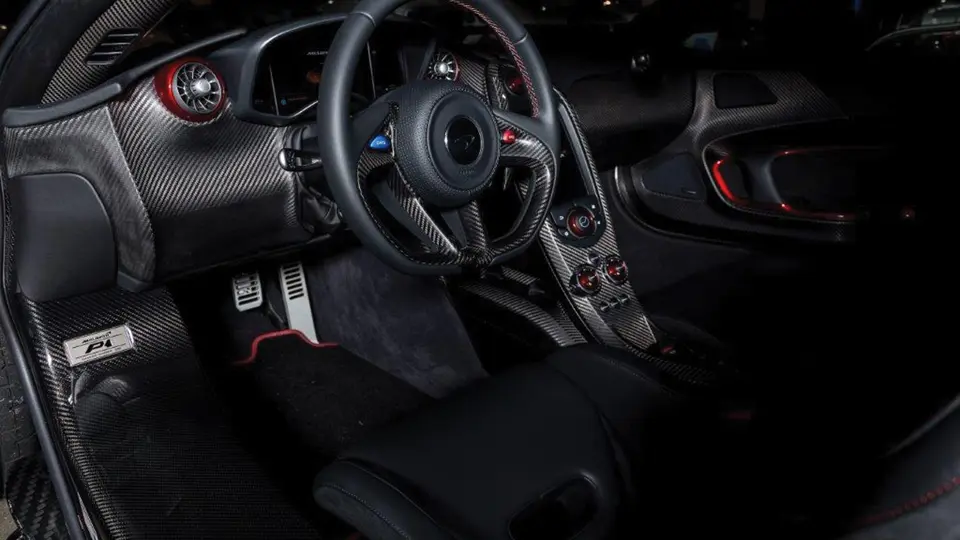


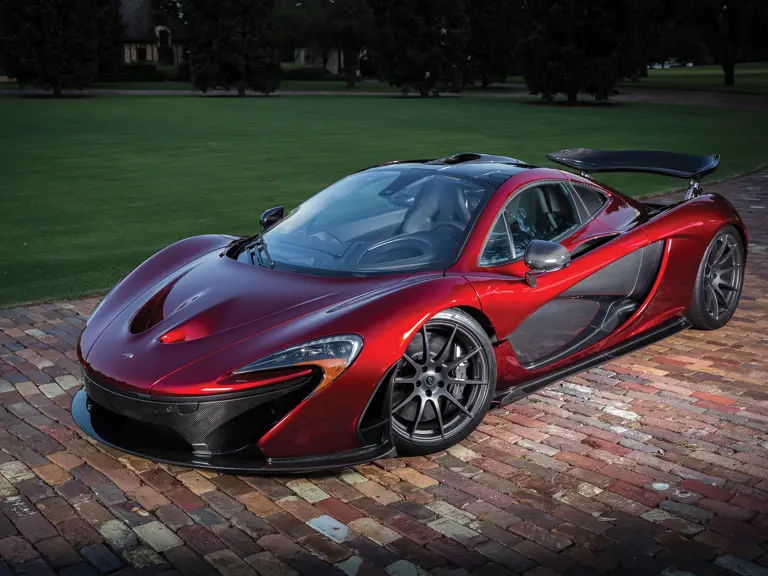
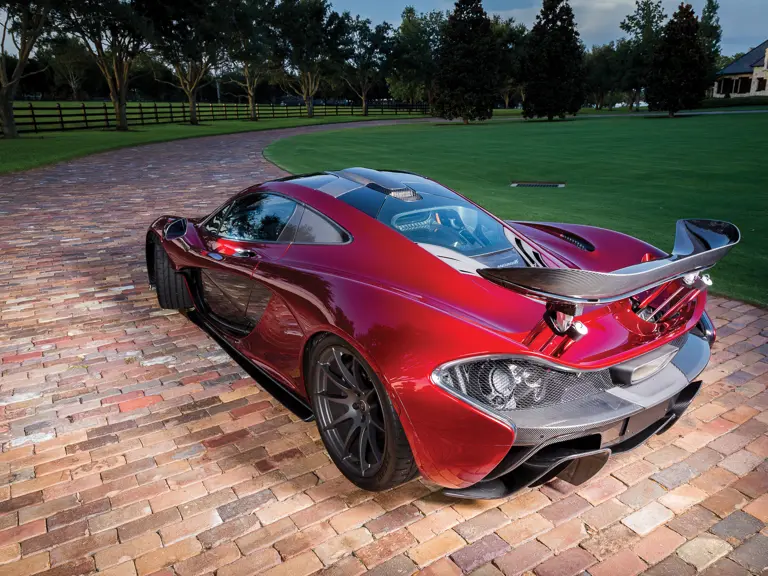
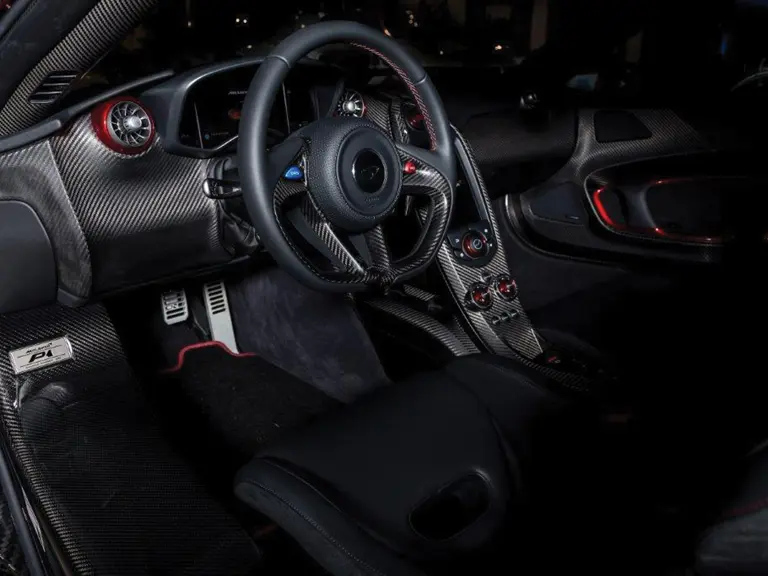
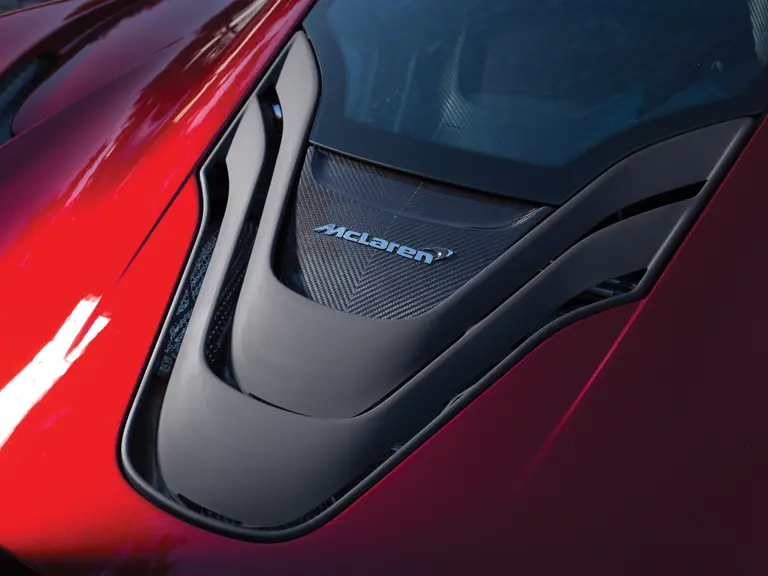
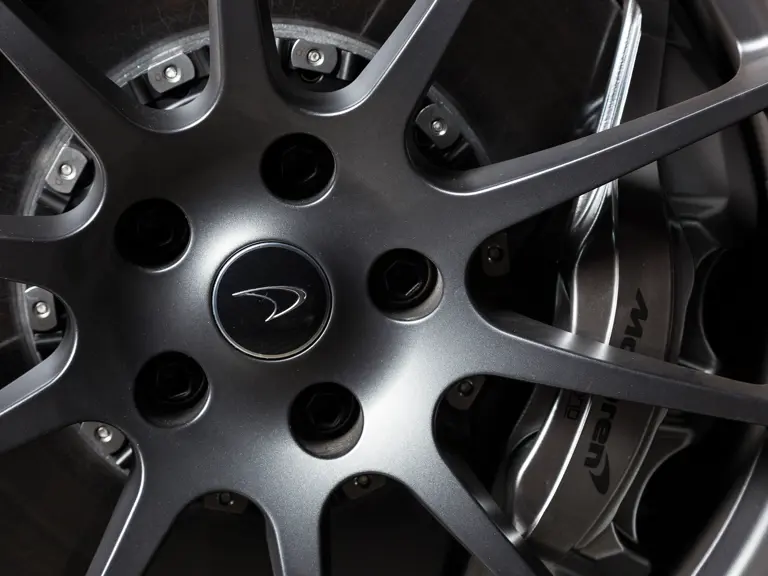
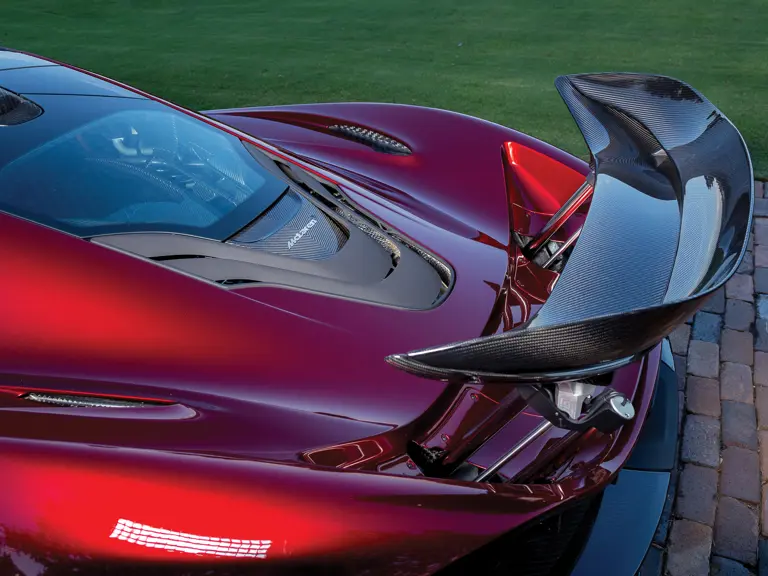
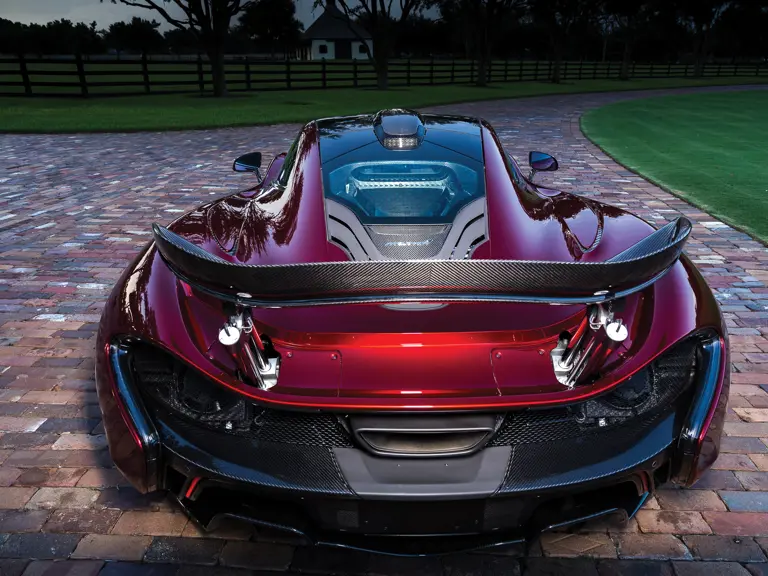

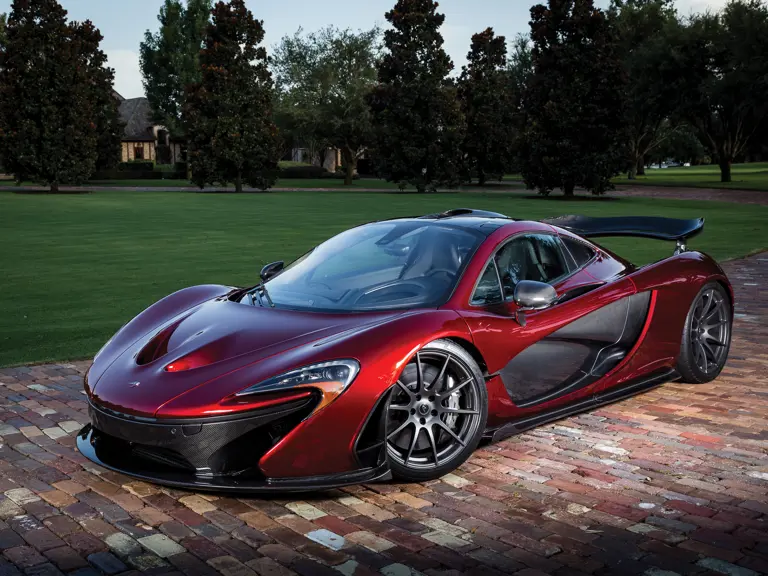
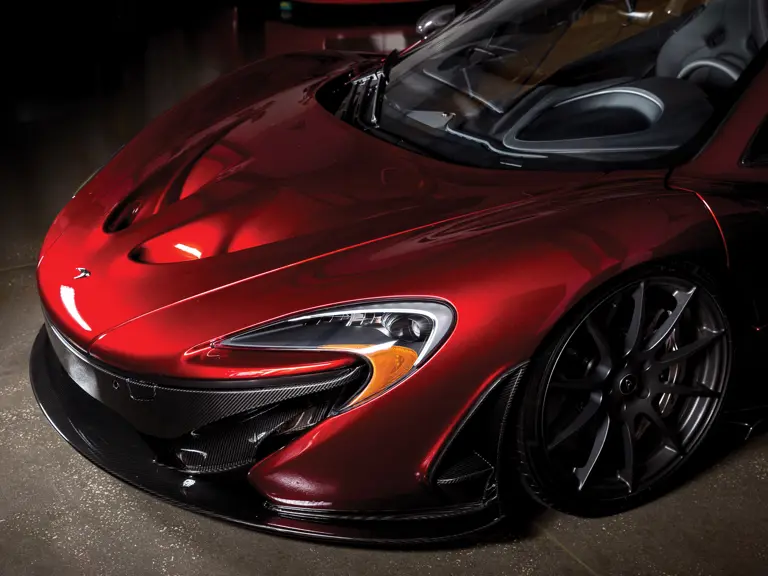

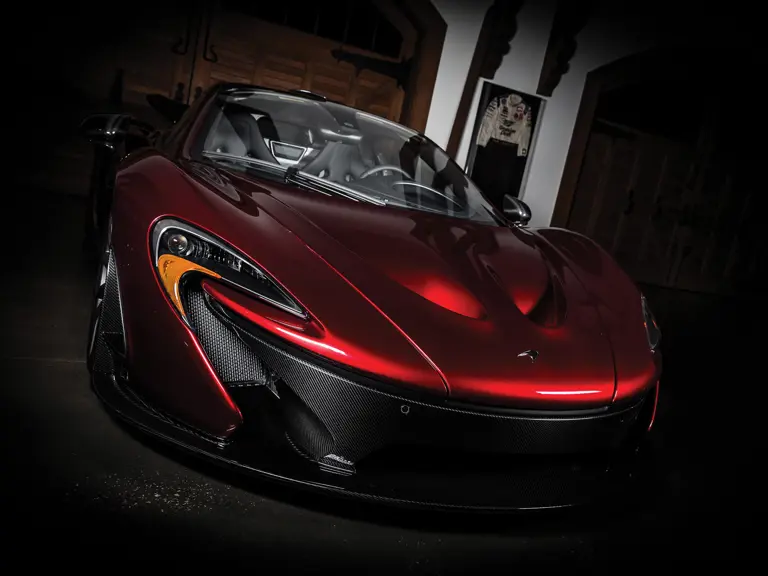
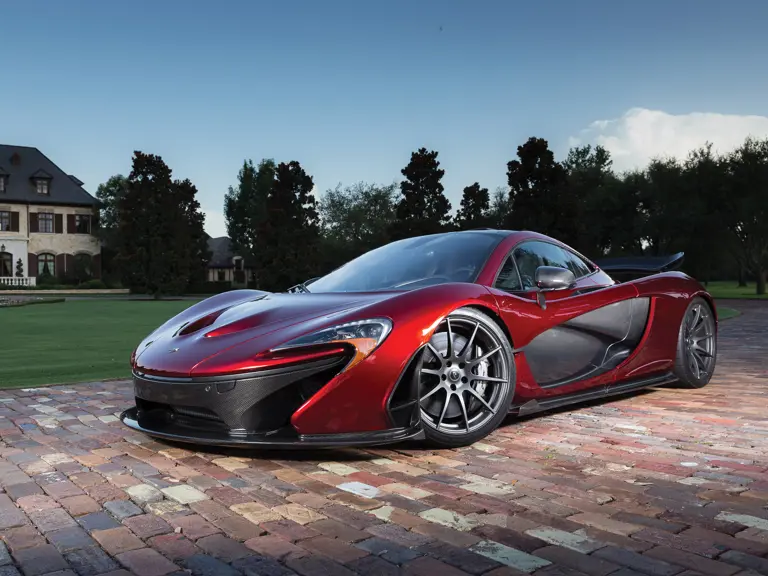
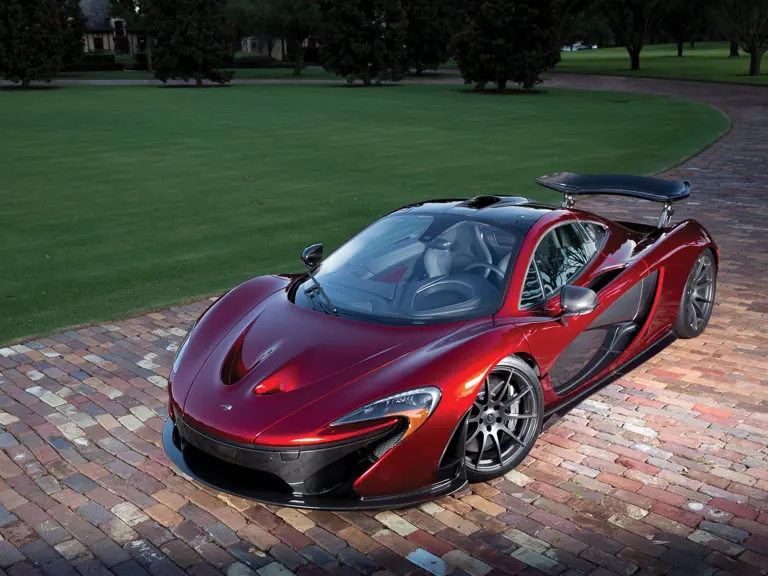
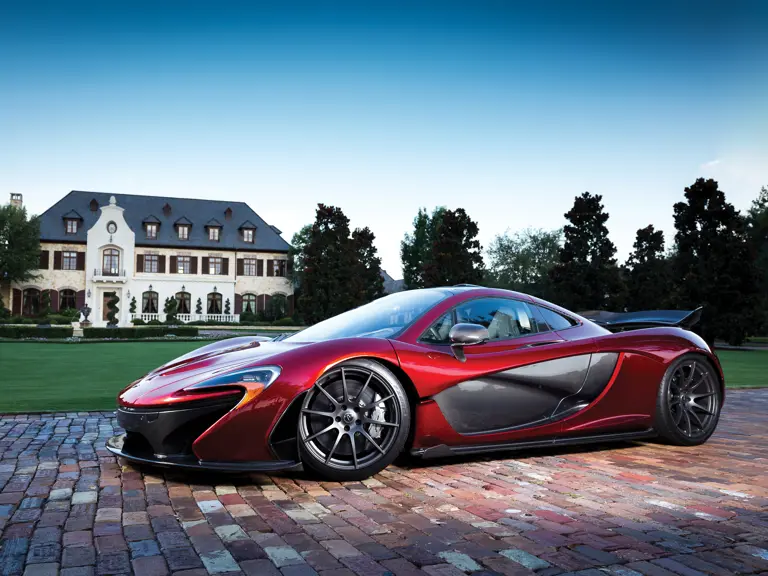
 | Monterey, California
| Monterey, California

